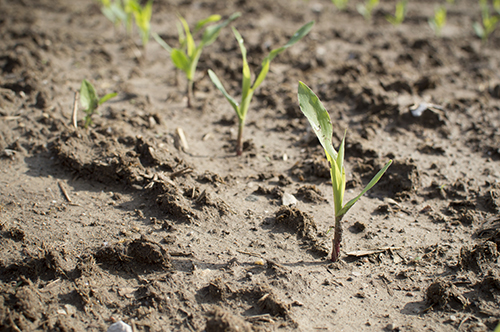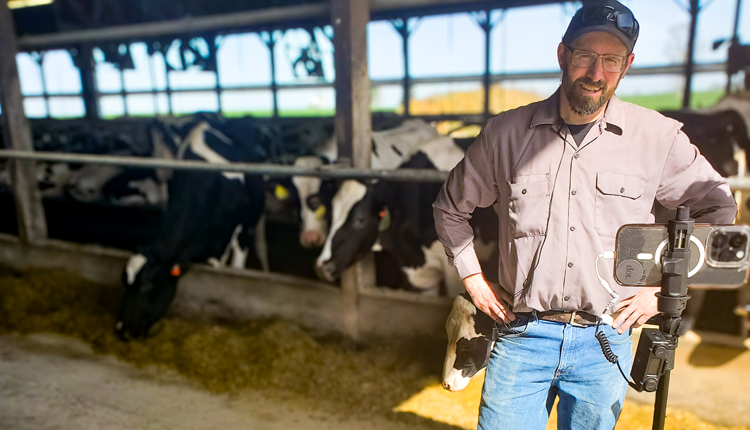
According to USDA's Crop Progress report, 91 percent of the U.S. corn crop had emerged, as of Sunday. While most stands are in good condition, some areas of the country are dealing with heavily saturated soils.
Before replanting a field, producers should make sure replanting is the best option, noted Peter Thomison, Ohio State University Extension agronomist, in the Ag Answers newsletter.
Replanting decisions in corn should be based on strong evidence that the returns will not only cover replant costs but also net enough to make it worth the effort, stated Thomison. Growers should evaluate the potential yield at the new planting date, a different planting rate, and seed and pest control costs.
If replanting is on the horizon, after completing a crop damage assessment, Thomison recommends considering the following:
- Original target plant population and intended plant stand
- Plant stand after damage
- Uniformity of plant stand after damage
- Original planting date
- Possible replanting date
- Likely replanting pest control and seed costs
Since we're well outside the optimal corn-planting window, producers harvesting the crop for grain will likely take a yield hit.
"If there is still doubt as to whether or not a field should be replanted after weighing the above factors, you will be correct more often than not to leave the field as is," added Thomison.
Producers who are facing a replanting decision later into June could consider switching to soybeans unless corn is required for a particular field or they have used chemical that lock them in to planting corn," he concluded.

The author, Amanda Smith, was an associate editor and is an animal science graduate of Cornell University. Smith covers feeding, milk quality and heads up the World Dairy Expo Supplement. She grew up on a Medina, N.Y., dairy, and interned at a 1,700-cow western New York dairy, a large New York calf and heifer farm, and studied in New Zealand for one semester.











